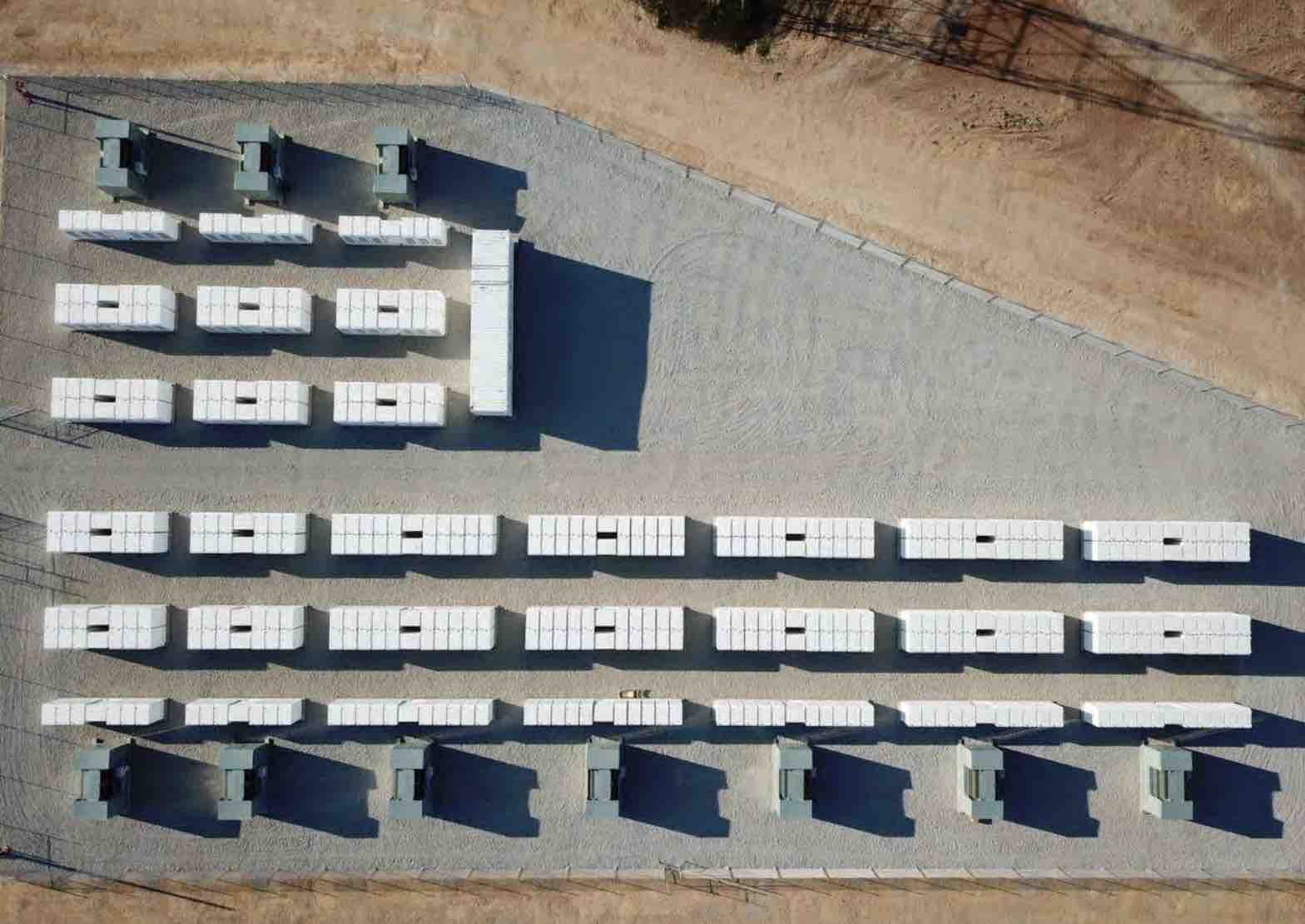The roll out of battery storage is starting to accelerate again, and the pipeline of potential projects is simply huge.
One of the big breakthroughs in the market outlook is the increase in price volatility, which will allow batteries to do what everyone thinks they do – shifting supply from times of surplus to times of peak demand and periods and wind and solar droughts.
After an initial burst of activity that saw five big batteries installed on Australia’s main grid – Hornsdale, Lake Bonney and Dalrymple in South Australia, and Gannawarra and Ballarat in Victoria – nothing much happened as developers watched to see how the pioneers fared and for the market rules to catch up.
Another generation of battery storage is being connected now – Bulgana and the Victoria Big Battery, Wallgrove in NSW, and Wandoan in Queensland – which will take total storage capacity to more than 880MW and 1,000MWh.
But there is another 28GW in the pipeline, a six-fold increase in project proposals in just two years (and not including massive off-grid projects such as Sun Cable).
And many of these won’t just be looking at the various profitable grid services – such as FCAS, fast frequency response, synthetic inertia, system strength, and “virtual transmission” – but also the arbitrage market, when batteries charge at low prices and sell at high.
That part of the market has been barely visible till now. The recent Quarterly Energy Dynamics report from AEMO suggests it was a fraction of total revenue (see graph below), but the increasing number of negative pricing events – 947 hours in October alone – and some volatility in the evening peaks, is making it more attractive.

“Energy arbitrage is one of the largest potential markets for batteries,” Rystad says in a new report.
“And the arbitrage opportunity (intraday spreads) for all Australian states has been trending up over the last 10 years. Day time prices are falling due to large amounts of utility wind and PV entering the market, and operational demand being reduced due to rooftop PV growth.
“At the same time, evening prices are increasing, as the exit of coal generation is not being offset with new wind generation. This trend is set to continue over the near-term as the Liddell coal power station exits the market at the end of 2022.”
The problem for the battery storage developers is that while this arbitrage opportunity is attractive, there’s not much certainty around it. Like the rooftop market that has eaten the lunch of utility solar, particularly in Queensland and South Australia, too many cooks spoils the broth.
And that creates uncertainty, and risk, around this “merchant market”, and that makes financiers demand higher returns, or interest rates, to compensate.
“Large potential margins exist for batteries participating in energy arbitrage, but developers and financiers face uncertainty and challenges when it comes to valuing revenue streams for batteries,” Rystad says. “Thus, this key step is one of the hardest to cross as a developer.”
Rystad says that given these challenges, developers might find it difficult to get such projects to financial close without either more equity risk, an offtake agreement with a larger gentailer (generator and retailer) or a contract/subsidy from the government.
“Gentailers are likely to be largest owners of batteries as they can more easily integrate these type of projects into their wider portfolio,” it says.
“The question is: do they directly own utility-scale battery projects or contract another party and just get the benefits.
“Transmissions network service providers (TNSPs) and off-grid power suppliers are potential proponents that could own a significant amount of utility battery capacity, but without the same financing hurdles the developers face.”
As for who is providing most of the batteries, Rystad says Tesla is still leading the show (it is providing the storage for the biggest battery at VBB (300MW/450MWh) and Wallgrove (50MW/75MWh), to add to Hornsdale, Lake Bonney, Ganawarra and Bulgana.
Rystad, however, expects competition to increase, from Europe (Wartsila has landed some key contracts including the Torrens Island battery), South Korea and the US.
For an interesting perspective on the future of battery storage, please listen to this week’s episode of the Energy Insiders podcast, where guest Paul Denholm, from the National Renewable Energy Laboratory in the US, talks about the prospect of batteries beating pumped hydro for up to 10 hours of storage.










